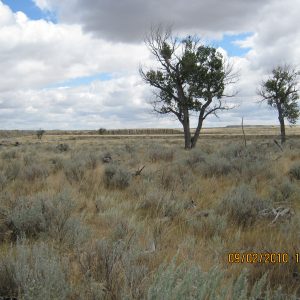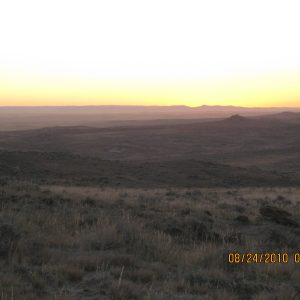It is hard to believe that I am halfway through! I have seen and experienced so much since my last post…where to begin? Stephen and I are up to over thirty collections and will have a busy week ahead of us. As my collecting area is the Colorado Plateau, I have been fortunate to see beautiful parts of Arizona, Utah, and Colorado!
We just returned from Montrose, Colorado where we spent a week camping and collecting on BLM land located on the Uncompahgre Plateau. The Uncompahgre Plateau covers around 2,300 miles on the western slope of the Rockies and is a high domed upland peaking at 10,300’. Due to the elevation gradient, the UP supports a wide range of plant and wildlife communities and is BEAUTIFUL! The plateau’s varying landscape ranges from shrubby desert plants in a pinyon-juniper woodland to lush green forests comprised of Ponderosa pine, aspen and blue spruce. It is so interesting how drastically different the life zones are given the close proximity.
We met with folks from the Uncompahgre Partnership, comprising of Sate and Federal agencies including: Bureau of Land Management, U.S. Forest Service, Colorado Division of Wildlife, Public Lands Partnership, Western Area Power Administration and Tri-State Generation. The Uncompahgre Partnership strives to improve the ecosystem health and natural functions of the Uncompahgre Plateau. We’ve had the privilege to play a role in the partnership’s goal of improving habitat quality for threatened and endangered wildlife species- specifically, the Gunnison sage grouse. We collected seeds from plant species that are of special concern for reestablishing a healthy habitat for the sage grouse. It is very rewarding to play even the smallest role in working towards conserving the habitat of a declining species. Hopefully with time, sufficient habitat for the sage-grouse can be restored and enhanced. Well, until next time. Hope all is well!
Rebecca
Flagstaff, AZ











